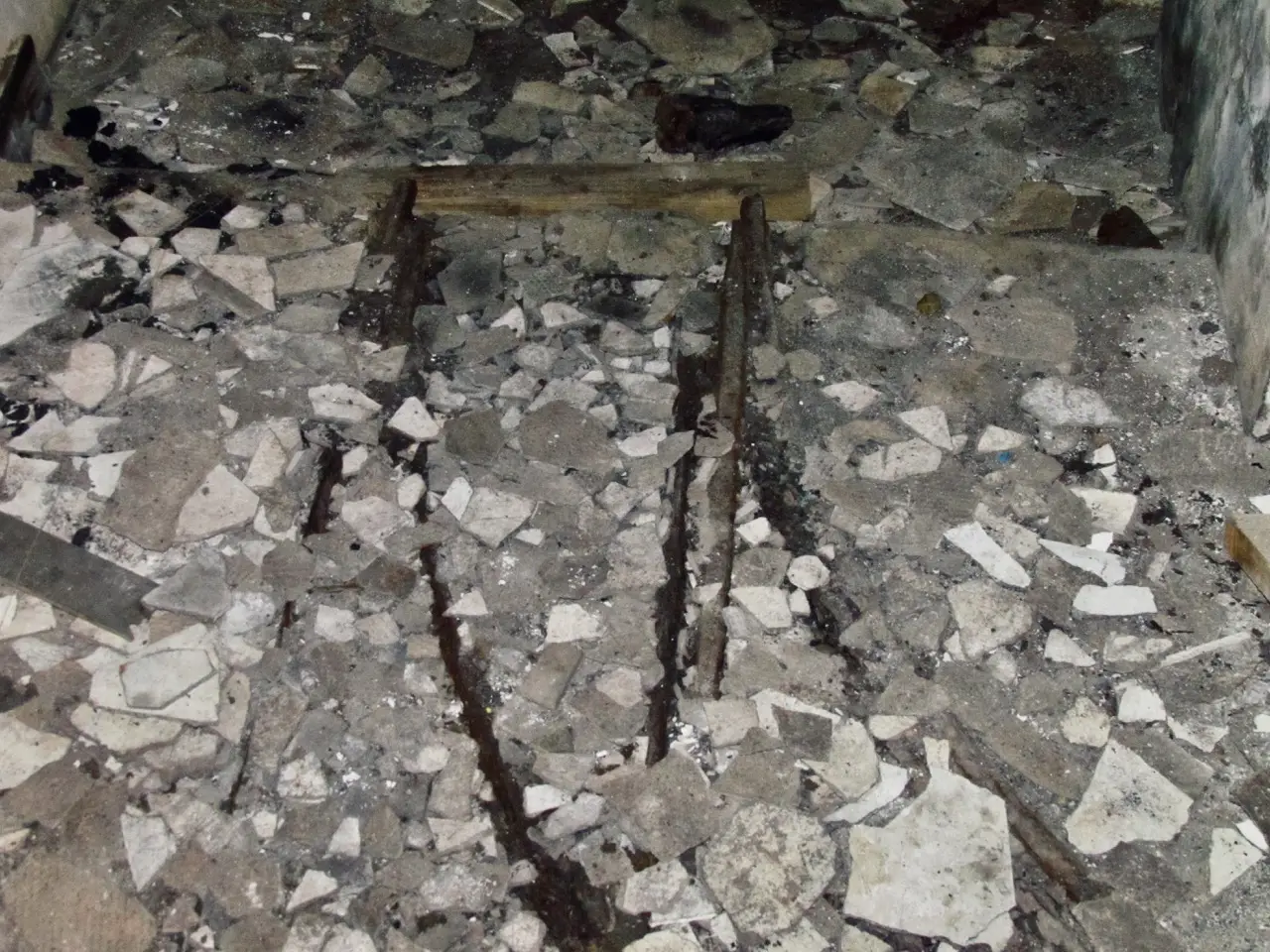In June 2018, Luxembourg artist Carine Krecké stumbled across a series of photos on Google Maps showing the destruction of Arbin, a town in the northeastern suburbs of Damascus. These images triggered an obsession in the artist that, for six years, led her on a frantic quest for information. Diving into the heart of official networks, forums and exchange platforms of all kinds, she explored the stories of tragic destinies, both collective and individual. Faced with the mass of information to be verified, Carine Krecké investigates relentlessly, cross-checking testimonies from her computer screen. She doesn’t hesitate to expose herself to danger by immersing herself in discussions, infiltrating networks and appropriating investigative and analytical tools. Hyper-informed without ever losing her critical sense, the artist oscillates between lucidity and vertigo, hypnotized by images and stories, trapped in a fog of war where reality and hallucination merge.
With Perdre le nord, Carine Krecké returns to a total and intimate immersion in a world that was not her own: the war in Syria. She deconstructs (and reconstructs) her investigative experience, both affective and immersive, by stepping back from the images, the protagonists and the stakes of her investigation.
The exhibition thus becomes a space of tension between reality and its representation, where the documents collected, the stories told and the visual fragments interact with the architecture that hosts them. Through a series of never-before-seen videos and a scenographic device conceived as a sensitive cartography, viewers are invited to make their way among these traces and, in turn, to experience a form of wandering in this labyrinth of information and perceptions.
By projecting her investigation into a dialogue with the space and the people who pass through it, Carine Krecké questions the relevance of the gaze in the face of war and the images that bear witness to it. Confronted with these recomposed visions, the public becomes an actor in the experience, contributing their own experiences, emotions and interpretations. The exhibition is more than a simple narrative: it’s an invitation to rethink our relationship with information and images in times of conflict.

